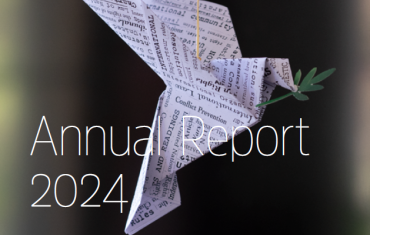Out of the Shadows: Recommendations to Advance Transparency in the Use of Lethal Force
Event
So-called ‘targeted killings’ and drone strikes remain some of the most controversial aspects of U.S. counterterrorism policy. Despite a number of reforms and efforts at greater transparency in the latter years of the Obama Administration, one enduring criticism is that secrecy and lack of accountability for such operations has hindered the ability of other branches of government, the public, and the international community to exercise effective oversight and verify the legality of U.S. actions, and prevented the ability of victims to obtain redress.
Reports of increased civilian casualties in Iraq and Syria, increased strikes and raids in Yemen, a proposed loosening of the rules on the use of force, uncertainty over the CIA’s role in ‘targeted killings’, and the acquisition of armed drones by an increasing number of governments make these concerns more relevant and urgent than ever.
In a recent report entitled ‘Out of the Shadows’, the Columbia Law School Human Rights Clinic and the Sana’a Center for Strategic Studies comprehensively analyse 15 years of U.S. counterterrorism strikes. The report presents a new framework for transparency against which government’s can be assessed.
This event will bring together the authors of the report and others to discuss and evaluate past U.S. practice, analyse recent developments, assess the Trump Administration’s approach to the use of force, transparency, and accountability, and the lessons that can be drawn from this analysis for other states.
Moderation
- Sandra Kraehenmann, Research Fellow, Geneva Academy of International Humanitarian Law and Human Rights
- Tom Gal, Teaching Assistant, Geneva Academy of International Humanitarian Law and Human Rights
Panelists
- Waleed Alhariri, Director of the U.S. Office, Sana’a Center for Strategic Studies, lead author of the report.
- John Borrie, Chief of Research at the United Nations Institute for Disarmament Research (UNIDIR)
- Adriana Edmeades, Legal and Policy Director, Rights Watch (UK).
- Alexander Moorehead, Lecturer-in-Law at Columbia Law School and the Director of the Counterterrorism, Armed Conflict and Human Rights Project at Columbia Law School’s Human Rights Institute, lead author of the report.







